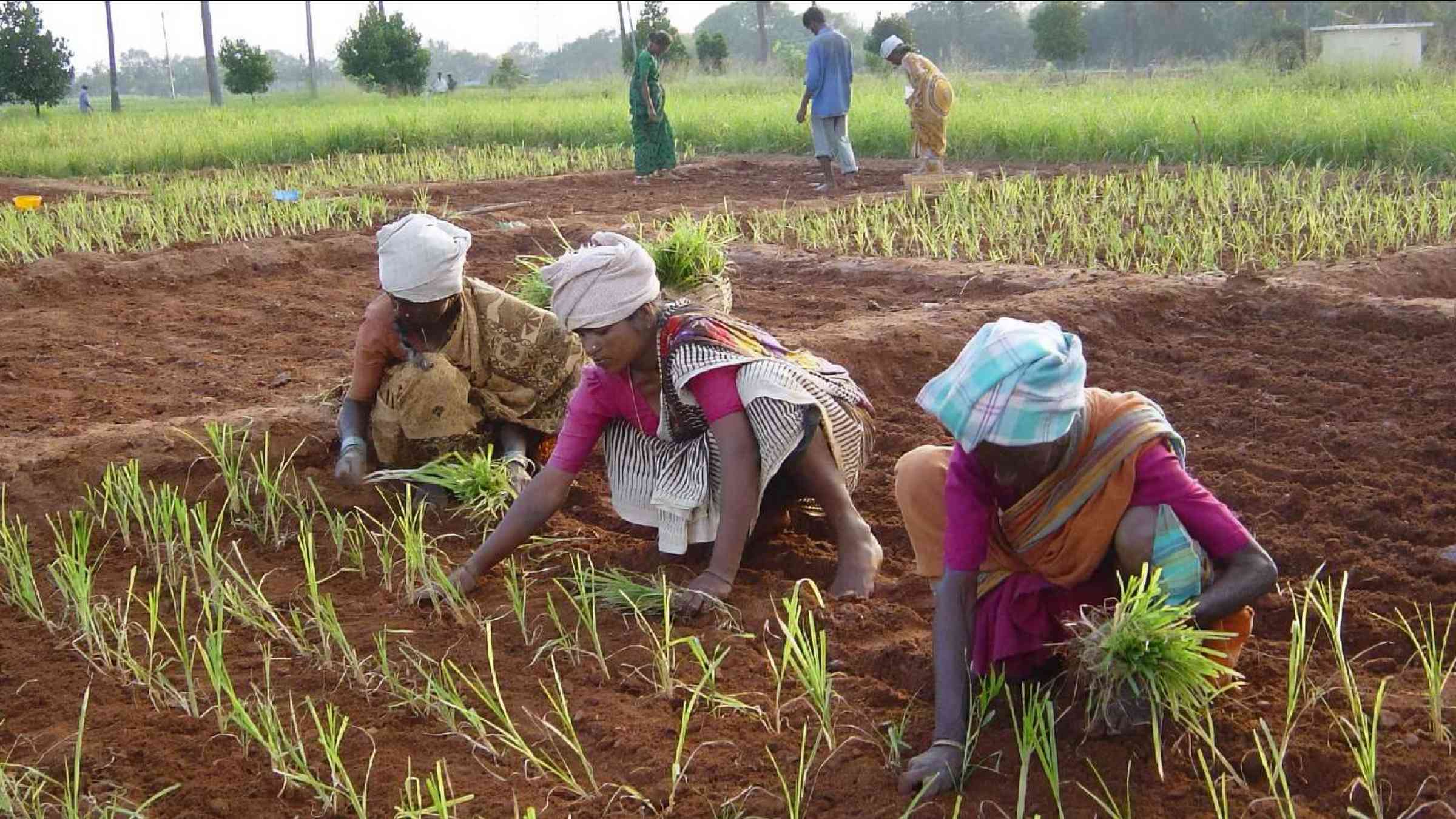With a surge of disasters in Timor-Leste, women’s leadership helps save lives

Climate change is increasingly contributing to extreme weather events and the frequency of disasters. Meanwhile, in patriarchal societies, deep-rooted gender norms can create major barriers to women’s leadership and participation in Disaster Risk Reduction (DRR) and emergency preparedness activities. In Timor-Leste, Suco (village) Disaster Management Committees (SDMC) are usually led by men, and it is often male community members that are expected to make decisions regarding emergency preparedness and response. This can result in women’s needs and priorities being missed from the disaster planning cycle. But this doesn’t have to be the case.
The Disaster READY Project (DRP) is a key component of the Australian Humanitarian Partnership (AHP) program, implemented by CARE, Oxfam, Caritas Australia (CAN DO), World Vision, Plan International and the disabled persons organisation Ra’es Hadomi Timor Oan. A key priority of this project is to ensure that vulnerable community members in remote and rural areas of Timor-Leste are well prepared for disasters. CARE’s involvement in the project has a specific focus on increasing gender equality and reducing gender-based violence by ensuring women’s active participation in DRR and preparedness efforts. Julmira’s story is an example of this.
Julmira is a member of a Suco Disaster Management Committee in the municipality of Viqueque. Having attended training on community-based disaster risk management, gender equality and inclusion, and women’s leadership and empowerment, Julmira is among the many community members in the area to have demonstrated the value of including women in DRR and disaster preparedness processes.
She shared, “As a woman I am happy to be involved in the project as it has increased my knowledge and confidence to lead in disaster.”
Empowering women to lead in remote, rural areas is crucial, as these communities often lack the means to access early warning information which can save lives. “Prior to the project presence here, our community really lacked the knowledge of disaster risk reduction; for example when the Bebui river flooded, many community members were affected because we were not prepared, and did not know what to do”, said Julmira.
“My role in the committee is to monitor the water level in the local river, using the water level meter painted on the pillar of the bridge, and then to disseminate early warning information to the community to advise preparation and protection methods accordingly. Additionally, the SDMC members are informed about weather updates from Civil Protection by text messaging and television news. CARE helped us to paint the bridge and install a billboard displaying what to do before and during disasters, and I also pass this information to the community by using megaphone announcements.”
Preparedness efforts are tailored to address the needs of women, people with disabilities and the elderly, and this is what the SDMC members are trained to specialise in. As a result of the knowledge that she has gained, Julmira was able to actively help her community when heavy rain came earlier this year, heavily impacting communities across Viqueque. Thanks to her early warnings, many people evacuated to safe places earlier than usual, as well as ensuring that most household items were saved from being swept away.
“Not only have I been empowered and skilled to support my community from life-threatening events, but I can see the practical value of women’s participation in disaster risk reduction activities. The way we seek to resolve issues derives from a mother’s instinct which takes into account the needs of everyone in the family. This is similar when we are active in the community; we ensure everyone’s needs are considered.”